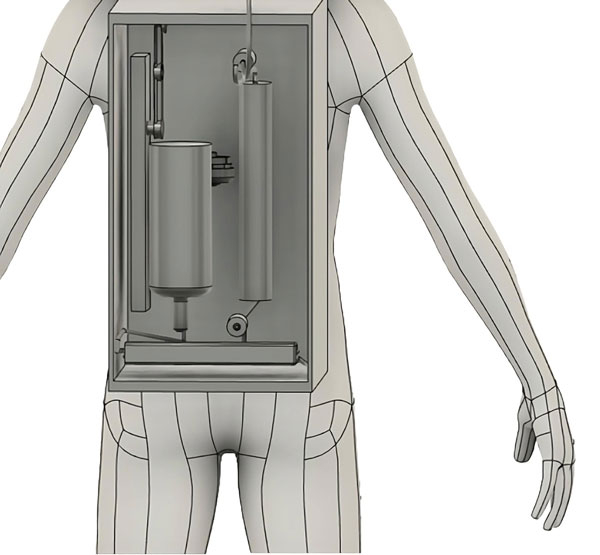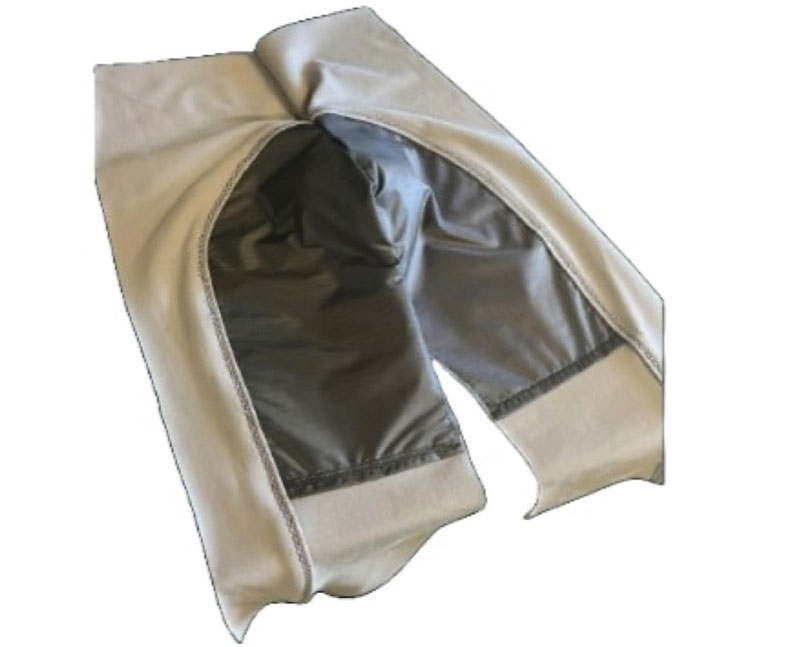Scientists from Cornell University have created a prototype wearable system for collecting and processing astronauts’ urine into drinking water. This prototype is far from the stillsuits of the Fremen from the Dunne series by writer Frank Herbert. However, even such a solution may be the best option for long-term stays of people in outer space, where the loss and replenishment of moisture is limited by the volume of the spacesuit.

Still from the film “Dune”. Freeman in a desert suit. Image Source: Warner Bros
According to the science fiction writer, the Fremen jumpsuit should collect all the moisture released by the wearer, from sweat to urine, feces and exhaled air. The suit’s system processes it all, purifies it and returns it as drinking water. In a day wearing such a suit, a person will lose no more than a “thimble” of water. Wild dreams! But someday they will become reality. Today, for such cases, astronauts wear diapers and fill special pockets in their spacesuits with drinking water.
The astronauts’ waste collected during work in outer space is not processed in any way. Only water and urine collected at the station can be recycled. In this way, up to 98% of the water on the ISS is recycled – just have time to change the membranes and filters. In addition, it is inconvenient for astronauts to work in diapers, and there have been cases of outbreaks of genitourinary tract infections. This solution is clearly not ideal and is poorly suited for long-term missions to the Moon, Mars and beyond.

Image source: Weill Cornell Medicine/Cornell University
A group from Cornell University has proposed its own solution to the problem. They developed an 8kg backpack-style shoulder system that contained components to collect and purify wearer urine. Feces are collected separately and are not used in the processing process. Urine is collected in a silicone container built into the underwear, different for women and men. A vacuum pump transfers it to a shoulder-mounted processing unit, the productivity of which is 500 ml in 5 minutes. The necessary salts and minerals are added to the 87% purified liquid in the form of flavoring powder, and it itself is fed into the distribution system of the spacesuit helmet.

Prototype underwear with urine collection
«We believe that the increased comfort and resource efficiency provided by the system more than compensate for the slight increase in volume,” say the authors of the work. The next step will be testing the prototype in simulated microgravity conditions to ensure its functionality and safety, followed by testing during actual spacewalks.